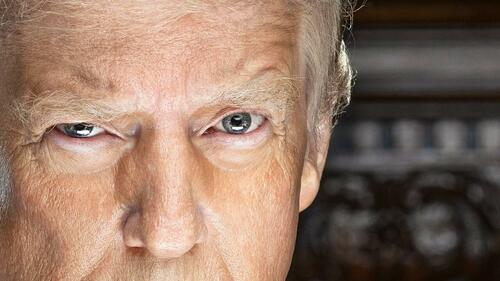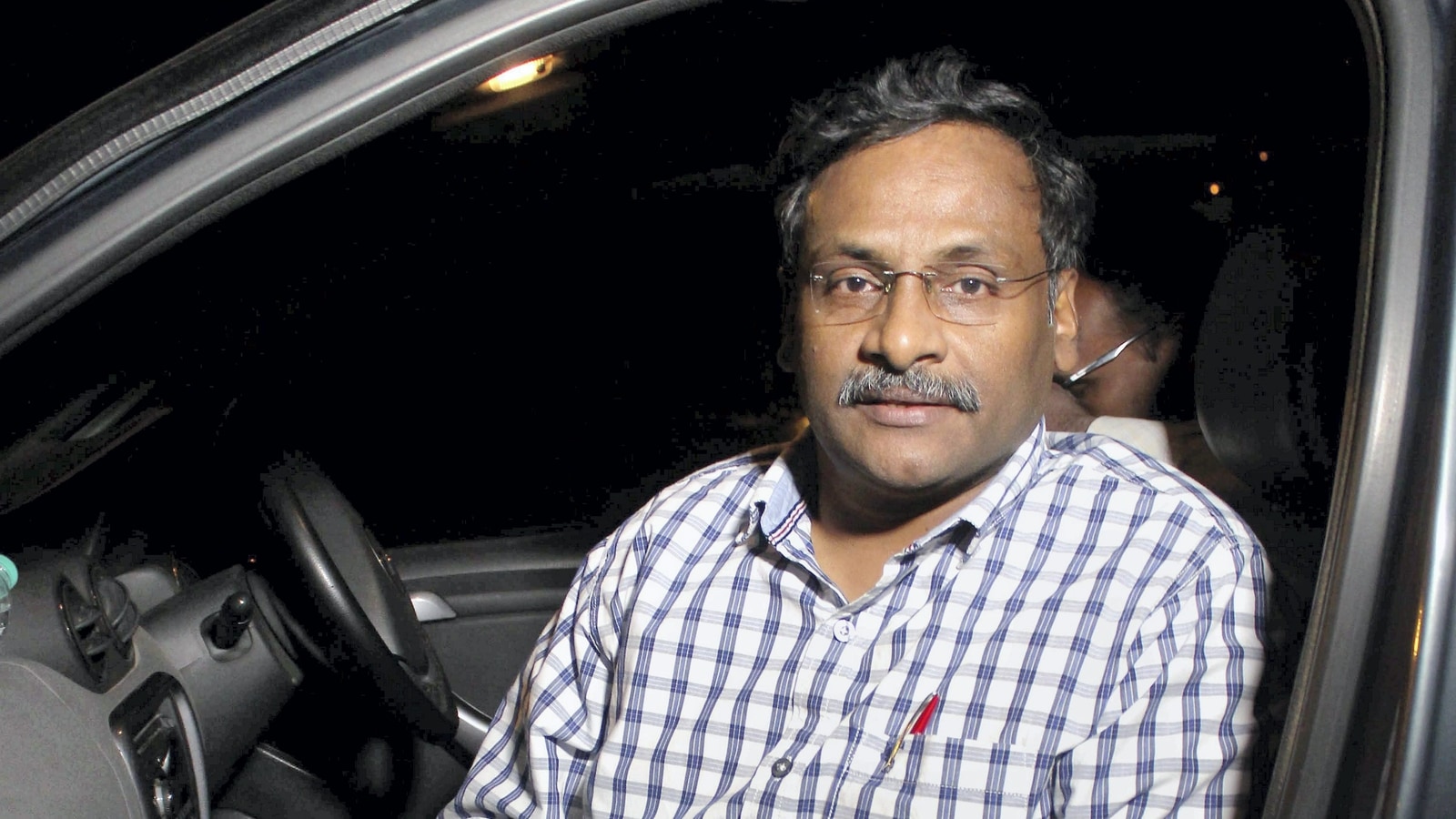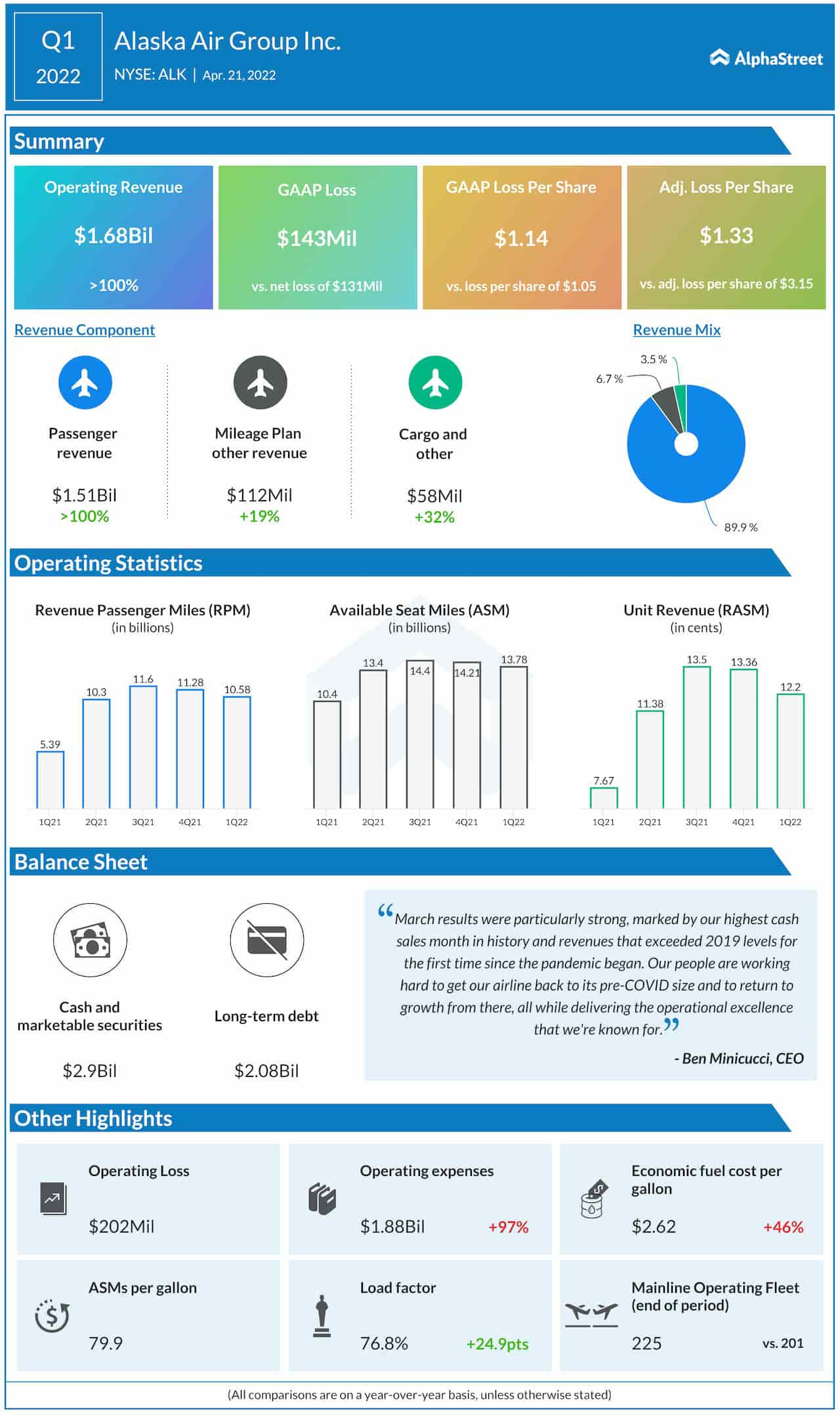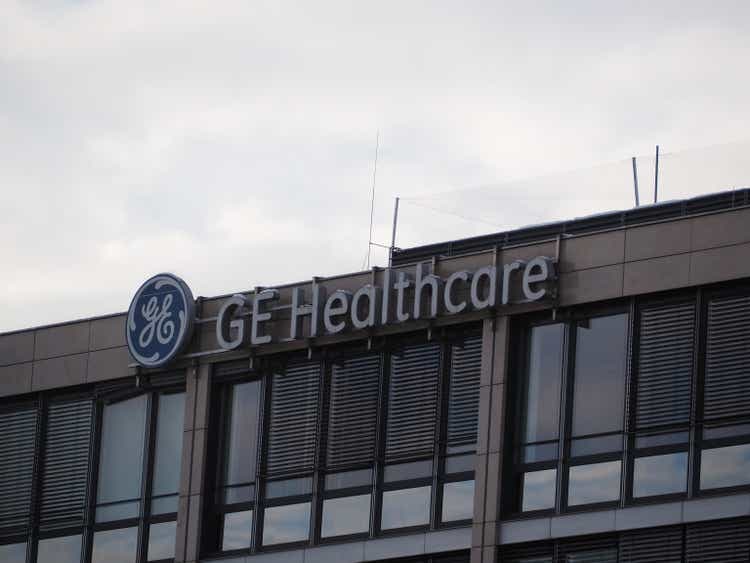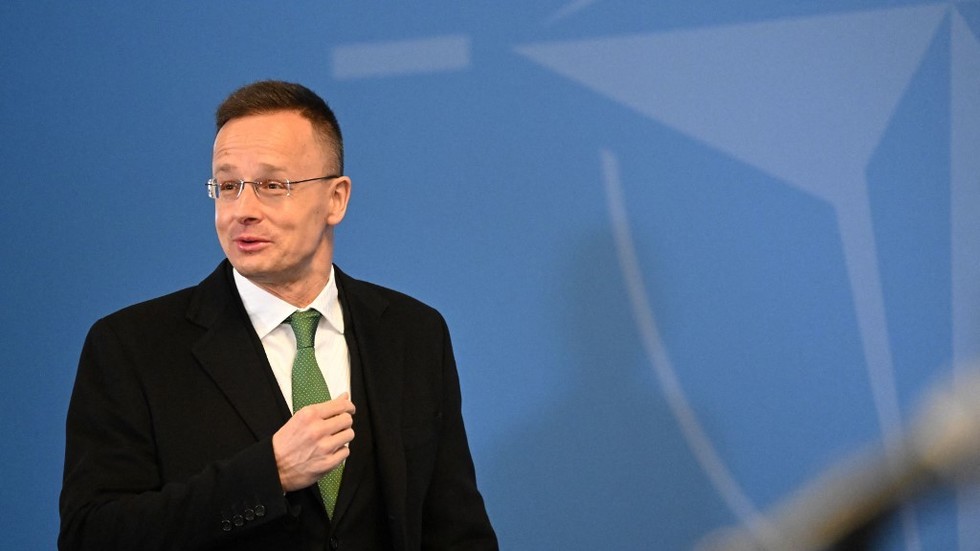In February 2021, just five weeks into his presidency, United States (US) President Joe Biden held up a tiny semiconductor chip in the White House. “This semiconductor is smaller than a postage stamp, but it has more than eight billion transistors,” he said. “These chips are a wonder of innovation and design that…enables so much of our modern lives to go on — not just our cars, but our smartphones, televisions, radios, medical diagnostic equipment, and so much more. We need to make sure these supply chains are secure and reliable.”
More than a year later, and after considerable political wrangling, the US Congress passed the CHIPS Act. This legislation will channel billions of dollars in subsidies to the US semiconductor industry to secure a vital component for future manufacturing, compete with China, and ride the next big wave of economic growth. There is one major problem with this plan: The US doesn’t have the people to do the job.
Even today, when the US produces only about 12% of global semiconductors, the sector faces a shortfall of about 90,000 workers, including technicians, scientists, and engineers. Conservative estimates suggest that the workforce required to take full advantage of the CHIPS Act could include another 350,000 professionals over the next decade.
The US education system does not create enough skilled workers for emerging technologies, including semiconductors. The variation in education policies between states inhibits a national human resource strategy. Younger Americans are less drawn than their counterparts in many other countries to science, technology, engineering, and mathematics (STEM) education, even though the resulting careers are lucrative. Furthermore, investments made today in primary and secondary STEM education will take at least a decade to reflect in the workforce.
This is where India comes in. India is the second largest producer of STEM graduates after China, churning out about five times as many as the US each year. Indians are also the world’s most mobile tech workers.
While the quality of graduates’ skills is variable, Indian-trained scientists and engineers play a major role in tech research. On Artificial Intelligence (AI), for example, Indian university graduates — almost all working abroad — account for one in 11 leading researchers globally, the fourth most after the US, China, and Europe, according to MacroPolo’s Global AI Talent Tracker. Among the best of the best AI researchers, Indian university graduates account for the second largest number, after only US graduates.
A similar story can be told about Indian-born innovators. Approximately one in nine billion-dollar start-ups in the US was founded by an Indian immigrant, the most by immigrants from anywhere, according to the National Foundation for American Policy. Overall, immigrants to the US accounted for 20% of the US high-tech workforce a decade ago, and that proportion has undoubtedly increased. But for the US, sourcing Indian talent is no longer easy. For one thing, America is no longer the sole destination. Already, for every three top Indian tech researchers based in America, one is working in Canada, Australia, or Europe. While language remains a barrier, even Taiwan and Japan are looking to Indian talent to fill specific roles.
A further development involves India’s own semiconductor ambitions. Recent steps represent the third attempt by India — after the 1980s and mid-2000s — to develop a semiconductor industry. The Indian government has now pledged about $16.7 billion in financial support, and early steps include a proposal from the Taiwan Semiconductor Manufacturing Company (TSMC), a Tata assembly and test unit, and a joint venture between Vedanta and Foxconn. As India makes early moves towards manufacturing chips, it will contribute further to the already heated global competition for tech workers.
But the biggest challenges the US faces in attracting Indian talent may be self-imposed, and relate to outdated immigration policies. High skill H-1B visas are limited to 85,000 per year. Just 140,000 annual employment-based green cards (of which less than half go to principal workers) have resulted in a years-long backlog, although there was an uptick after Covid-19.
Since comprehensive US immigration reform is unlikely, given the politically fraught question of undocumented migrants, some partial solutions have been pursued. Workers with “extraordinary talent” have been encouraged to apply for O-1 visas. Innovators who can afford it are eligible for EB-5 investor visas.
Reports commissioned by Congress have recommended new special visa categories, increased job portability for O-1 and H-1B visa holders, and larger quotas for skill-based green cards. While industry and policy professionals can make a strong case for these and further steps, politics gets in the way. A Republican-led Congress and a Republican presidency are less likely to entertain such proposals.
Ultimately, the success of the US semiconductor industry — deemed a topmost economic and national security priority by the government — will depend on acquiring the requisite human capital almost overnight. Investments in a domestic American STEM education ecosystem will take years to reap results. Finding creative solutions to the high-skill immigration dilemma may, therefore, be the only solution. If properly designed and implemented, it could help both the US and India meet their economic and supply chain security objectives.
Dhruva Jaishankar is executive director, ORF America
The views expressed are personal





